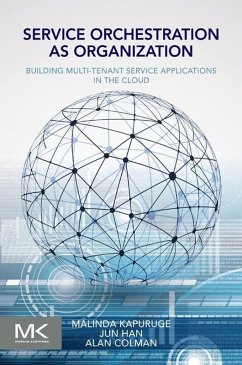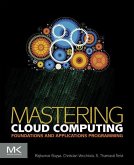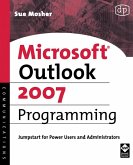Service orchestration techniques combine the benefits of Service Oriented Architecture (SOA) and Business Process Management (BPM) to compose and coordinate distributed software services. On the other hand, Software-as-a-Service (SaaS) is gaining popularity as a software delivery model through cloud platforms due to the many benefits to software vendors, as well as their customers. Multi-tenancy, which refers to the sharing of a single application instance across multiple customers or user groups (called tenants), is an essential characteristic of the SaaS model.
Written in an easy to follow style with discussions supported by real-world examples, Service Orchestration as Organization introduces a novel approach with associated language, framework, and tool support to show how service orchestration techniques can be used to engineer and deploy SaaS applications.
Written in an easy to follow style with discussions supported by real-world examples, Service Orchestration as Organization introduces a novel approach with associated language, framework, and tool support to show how service orchestration techniques can be used to engineer and deploy SaaS applications.
- Describes the benefits as well as the challenges of building adaptive, multi-tenant software service applications using service-orchestration techniques
- Provides a thorough synopsis of the current state of the art, including the advantages and drawbacks of the adaptation techniques available
- Describes in detail how the underlying framework of the new approach has been implemented using available technologies, such as business rules engines and web services
Dieser Download kann aus rechtlichen Gründen nur mit Rechnungsadresse in A, B, BG, CY, CZ, D, DK, EW, E, FIN, F, GR, HR, H, IRL, I, LT, L, LR, M, NL, PL, P, R, S, SLO, SK ausgeliefert werden.









